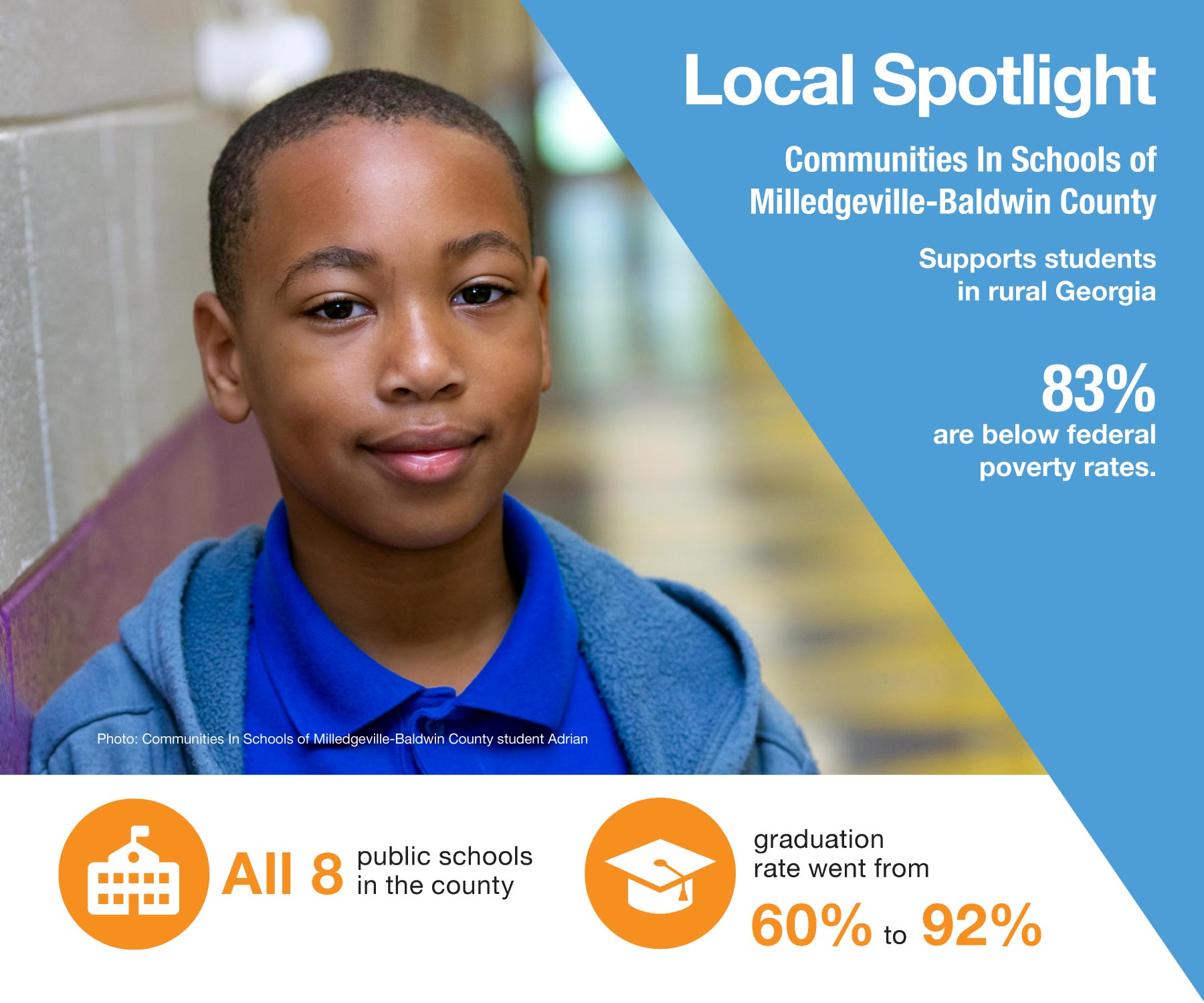Why Rural Matters to CIS, More Than Ever
Too often, support for rural communities is either insufficient or nonexistent because the return on investment is not considered impactful enough due to the small size of the communities and the lack of generalizability to other communities.
Rural communities are not just distinct from urban or suburban ones, they are distinct from each other. Folks living in these communities have their own stories to tell and if we aren’t listening and aren’t including their voice in the process, we are going to fail. So much of this is about access: access to educational opportunities and access to resources. This has a lot to do with geography and availability. When it’s 50 miles to the nearest hospital or the high school offers limited AP courses, we need to be innovative about how we achieve access and pursue equitable outcomes for these students and their families.
We need to fit all these pieces together: transportation, drug abuse prevention, access to healthcare, addressing basic needs, breaking the cycle of poverty, equitable educational outcomes, etc., and do this in partnership with community members and leaders. This will create the sustainable systems to help us achieve long-term, positive outcomes.
—Chris Murry, Senior Principal of innovation and Strategic Initiatives for Communities In Schools

